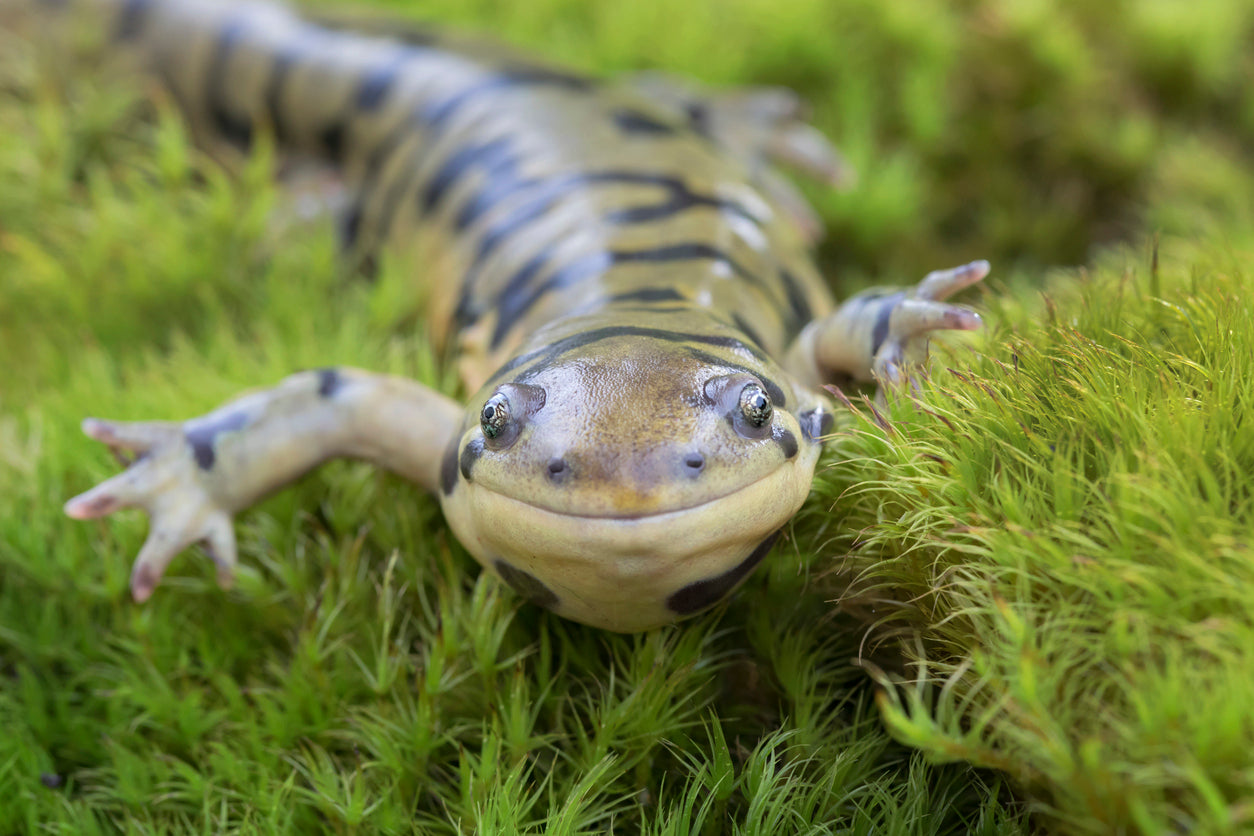
How to Care for Your Tiger Salamander
Tiger salamanders (Ambystoma sp.) are large, nocturnal, terrestrial amphibians. They are widespread throughout North America, primarily in the United States, but also southern Canada and well into ...
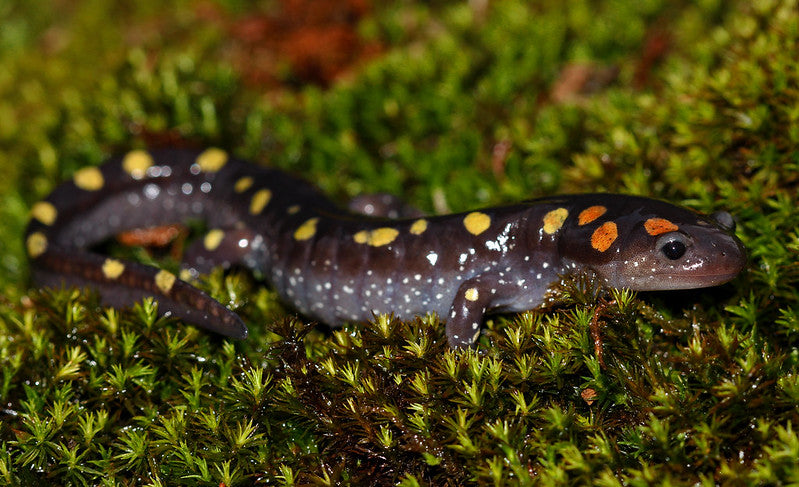
How to Care for Your Spotted Salamander
Spotted salamanders (Ambystoma maculatum) are large, nocturnal, terrestrial amphibians. They are generally widespread in the eastern half of the United States, excluding Florida. They prefer decidu...
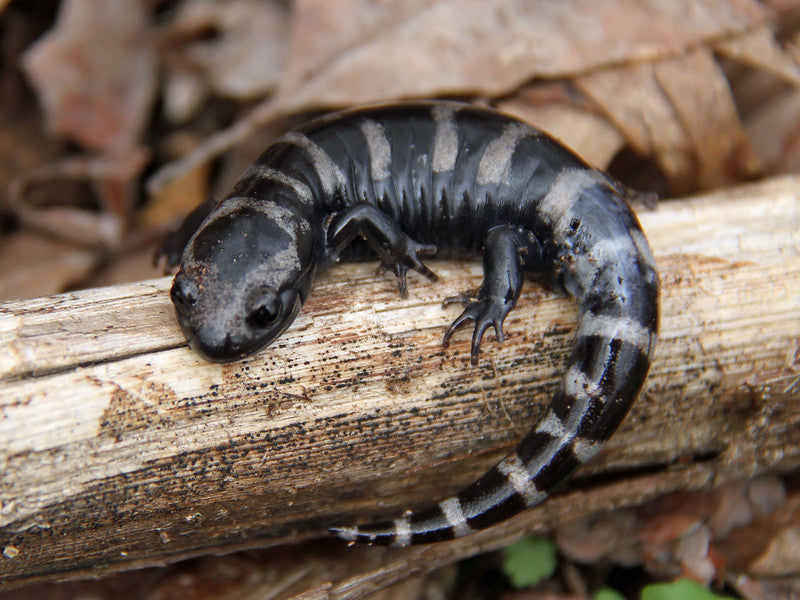
How to Care for Your Marbled Salamander
Marbled salamanders (Ambystoma opacum) are small, nocturnal, terrestrial amphibians. They are native to the general southeast quadrant of the United States, excluding peninsular Florida. They prefe...

How to Care for Your Fire Belly Newt
Fire belly newts (Cynops pyrrhogaster) are small, semi-aquatic amphibians. They are native to the islands of Japan. They are entirely aquatic as larvae and semiaquatic as adults. Fire belly newts c...
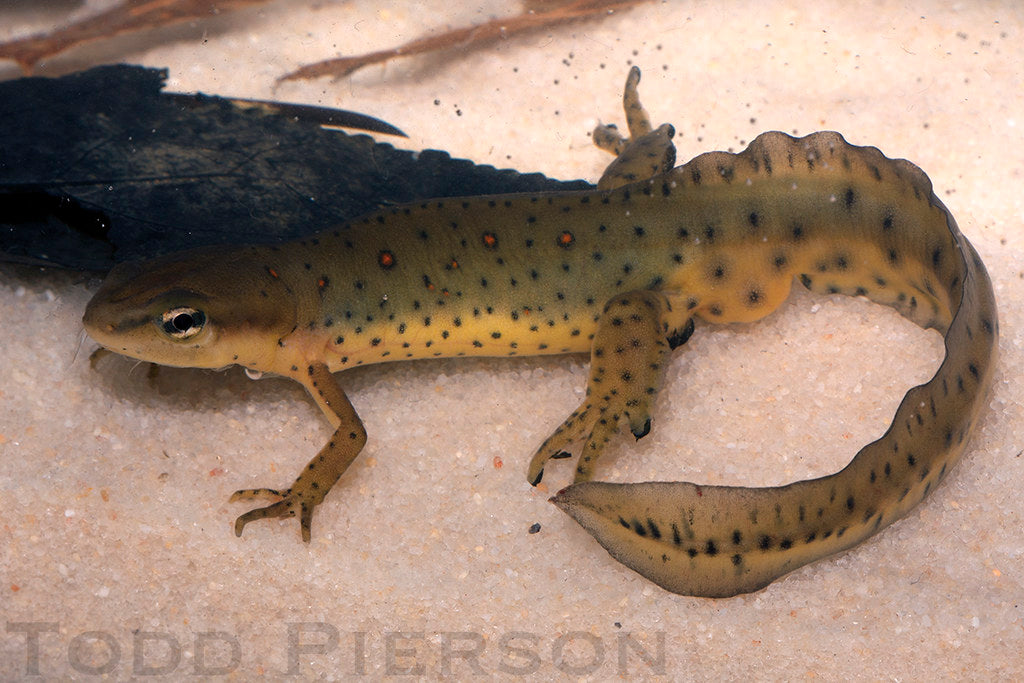
How to Care for Your Eastern Newt
Eastern newts (Notophthalamus viridescens) are small, semi-aquatic amphibians. They are native to eastern North America, primarily southern Canada and the United States, excluding Mexico. They are ...
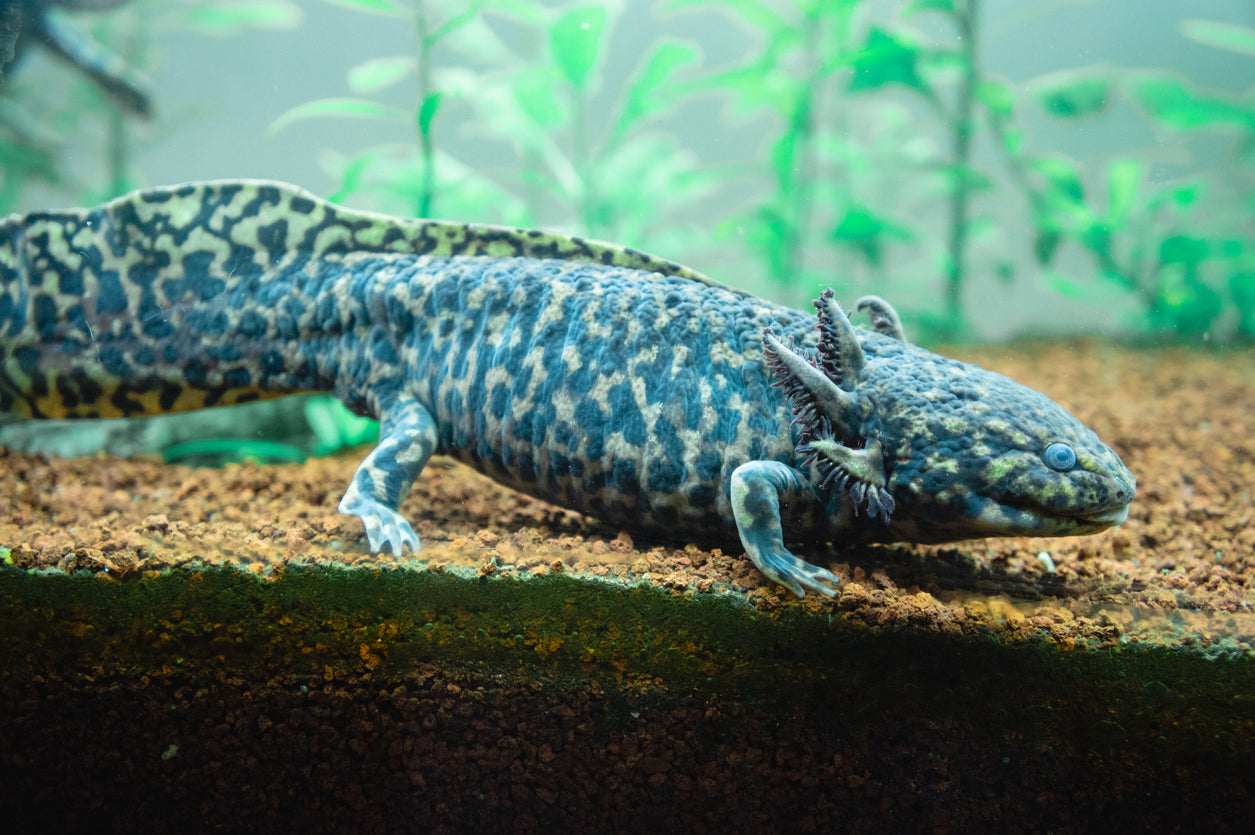
The axolotl (Ambystoma mexicanum) is a large, fully-aquatic species of amphibian. They are exclusively native to Lake Xochimilco and Lake Chalco in Mexico. Although fairly common in captivity, this...
